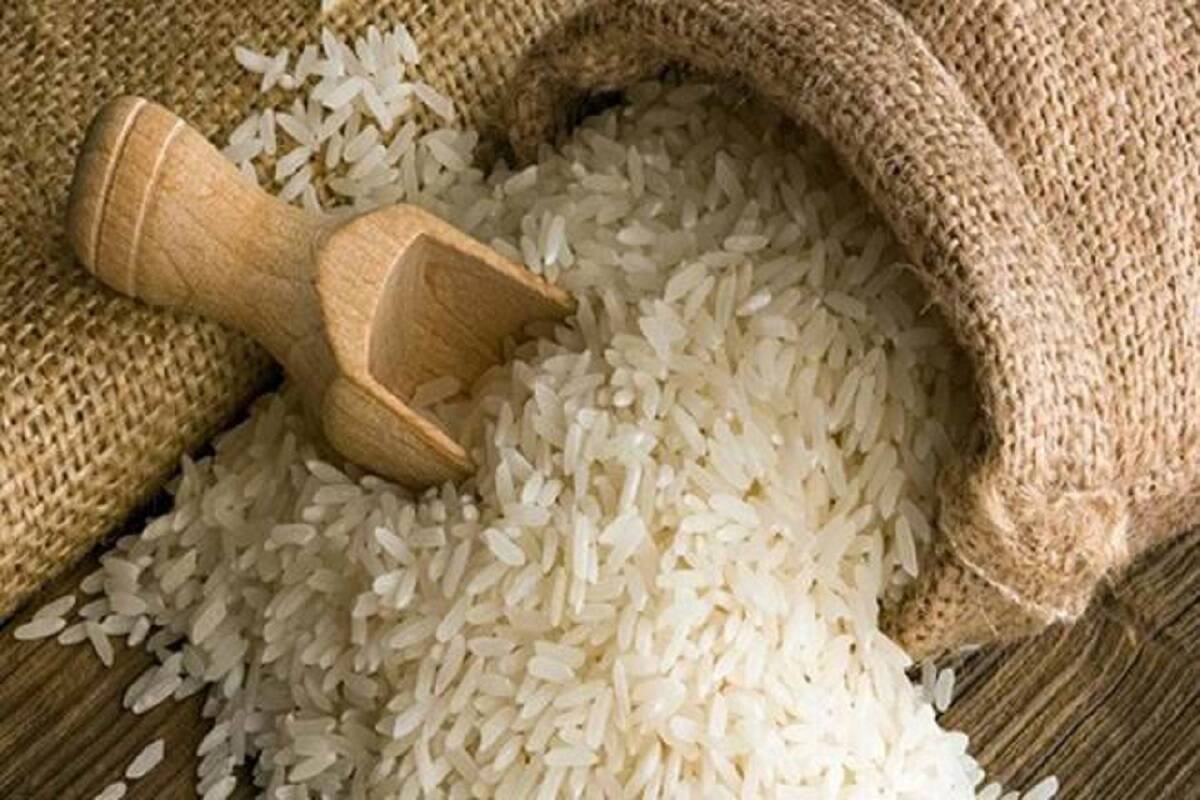Products You May Like

Even as the country has been witnessing flood and drought in some parts almost every year, the rice production has been continuously rising — reaching a record 120.32 million tonne in 2020-21 crop year (July-June) – thanks to the agriculture scientists’ constant endeavour to develop newer varieties with higher yield. Two such varieties – CR Dhan 801 and CR Dhan 802, developed by National Rice Research Institute (NRRI) having unique traits of both drought- and flood-tolerant — are likely to be boon for the farmers in the calamity-prone eastern region due to its acceptance by farmers.
As the India Meteorological Department has predicted lower than normal monsoon rainfall during ensuing season in eastern region of India, these two rice varieties may help farmers tide over any drought-like condition. Seasonal rainfall this year might be 98% of LPA with a model error of +/-5%, M Rajeevan, secretary at ministry of earth sciences on April 16 had said, adding the precipitation could be normal across the country, barring Odisha, Jharkhand, Bihar, Assam and eastern Uttar Pradesh.
Related News
Up to 10,000 hectare was covered under these two varieties, mostly under CR Dhan 801 last kharif season, from about 5,000 hectare in 2019, for multiplication of seeds. Only in eastern Uttar Pradesh, CR Dhan 801 variety was planted in about 700 hectare, said Ram Kathin Singh, executive director of Lucknow-based Nand Educational Foundation for Rural Development (NEFORD). Singh, a retired professor of genetics and involved in the distribution of these seeds, also said that the average yield was around 6-7 tonne per hectare where his agency was closely monitored the cultivation.
“If the prediction of IMD comes true, farmers will realise the efficacy of CR Dhan 801 and this will help grow the variety,” Singh said. At least 20,000 quintal of seeds (sufficient for 60,000 hectare) of this variety may be available during kharif 2021 season in eastern UP, he added.
Released for commercial cultivation last year, the CR Dhan 801 is meant for Andhra Pradesh, Telangana, Odisha, West Bengal and Uttar Pradesh, which have 33-98% of paddy area under irrigation. This variety is in fact an improvement over the popular Swarna Sub1 variety (which is flood-tolerant), according to S K Pradhan, principal scientist at NRRI. Three genes of drought-tolerant traits from other varieties are added in CR Dhan 801 and two such genes in CR Dhan 802, which is meant for Bihar and Madhya Pradesh (34-65% paddy area irrigated).
Pradhan also said that the current average yield in these two new varieties is 6 tonne/hectare which can be improved up to 8 tonne under good practices. During flooding, even if the crop is submerged for 14 days, the yield will fall maximum 30%, depending on torbidity in water. In case of a drought, the yield will maximum drop by a half. “We are working on varieties that can withstand flooding upto 3 weeeks,” he said.
Both CR Dhan 801 and CR Dhan 802, weakly photosensitive with average maturity of 140-145 days, are resistant to stem borer (both dead heart and white ear heads), leaf folder and case worm while moderately resistant to bacterial blight and rice tungro virus. But, CR Dhan 802 is additionally resistant to plant hopper, too.
“These varieties, if promoted by the Centre and states jointly, the eastern region can provide sustainable production of additional requirement of rice in case the government decides to shift non-basmati cultivation from Punjab, Haryana and Uttar Pradesh,” said an expert. More than 60% of water available for agriculture use in the country is diverted towards irrigating two water guzzler crops, rice and sugarcane, having a share of just 24% in gross cropped area.
The government’s efforts to incentivise Punjab and Haryana farmers to shift from water-guzzler non-basmati rice to other crops like maize and cotton haven’t been very successful so far in the absence of strong, remunerative and guaranteed procurement system for these crops.
According to Ashok Gulati, a former chairman of the Commission for Agricultural Costs and Prices (CACP), farmers in these two states use a staggering 5,000 litres of water to produce just one kilogram of rice.
All India rice yield has increased from 2.18 tonne/hectare in 2008-09 to 2.58 tonne/hectare in 2017-18. However, in major producing states like Punjab the yield is as high as 4.37 tonne. Even within the state, there is a wide disparity in rice yield due to various factors. For instance, the state average of yield is 1.8 tonne (in 2017-18) in Odisha whereas in some of the irrigated western districts it is as high as 6-7 tonne.
Get live Stock Prices from BSE, NSE, US Market and latest NAV, portfolio of Mutual Funds, Check out latest IPO News, Best Performing IPOs, calculate your tax by Income Tax Calculator, know market’s Top Gainers, Top Losers & Best Equity Funds. Like us on Facebook and follow us on Twitter.
Financial Express is now on Telegram. Click here to join our channel and stay updated with the latest Biz news and updates.
